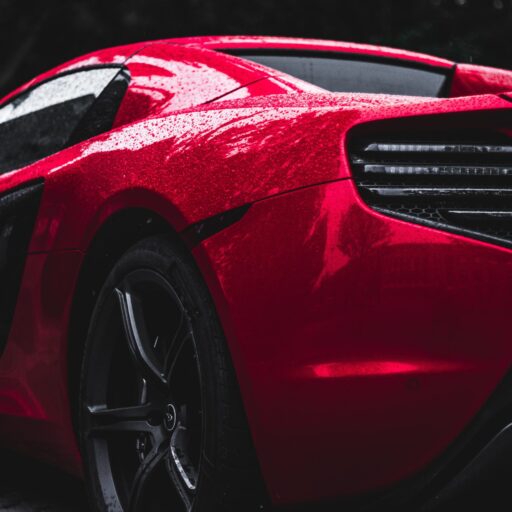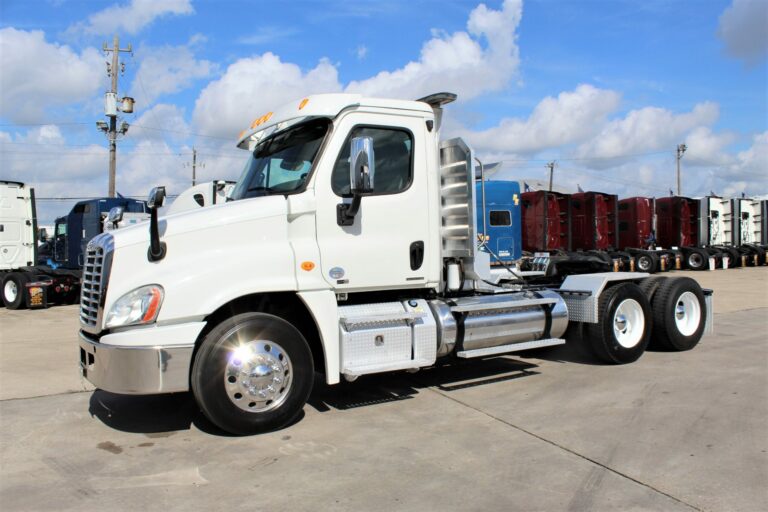American Luxury Car Brands: A Comprehensive Guide to Automotive Excellence
American Luxury Car Brands: A Comprehensive Guide to Automotive Excellence cars.truckstrend.com
American luxury cars represent a unique blend of grandeur, innovation, and comfort, embodying a distinct philosophy that sets them apart in the global automotive landscape. From their opulent beginnings to their high-tech, electrified future, these vehicles have consistently aimed to deliver an unparalleled ownership experience. This article delves into the rich history, defining characteristics, and modern interpretations of American luxury, offering a comprehensive guide for anyone seeking to understand or acquire these iconic automobiles.
The Enduring Allure of American Luxury
American Luxury Car Brands: A Comprehensive Guide to Automotive Excellence
At its core, American luxury cars have historically stood for expansive comfort, powerful performance, and cutting-edge technology. Unlike their European counterparts, which often emphasize driving dynamics and precision engineering, or their Asian rivals, which prioritize reliability and quiet efficiency, American luxury has traditionally focused on a commanding presence, plush interiors, and an effortless ride. This emphasis on spaciousness, comfort, and bold design has carved out a unique niche, reflecting the American ideal of freedom, innovation, and uncompromised grandeur. In an increasingly competitive market, American luxury brands are reasserting their identity through advanced technology, sophisticated design, and a renewed commitment to performance, proving their enduring relevance and appeal.
A Legacy Forged in Steel and Splendor
The narrative of American luxury cars began in earnest during the early 20th century, a period often referred to as the "Golden Age." Brands like Duesenberg, Packard, and Pierce-Arrow set the standard for bespoke craftsmanship, engineering prowess, and sheer extravagance. These automobiles were more than mere transportation; they were rolling works of art, symbols of wealth and status, often custom-built to their owners’ exacting specifications. While many of these pioneering marques faded with time, their spirit of innovation and dedication to luxury laid the groundwork for the brands that would come to define American automotive prestige for decades: Cadillac and Lincoln.
Cadillac: The Standard of the World
For over a century, Cadillac has been synonymous with American luxury. Founded in 1902, the brand quickly established a reputation for precision manufacturing and engineering firsts, including the standardization of interchangeable parts and the introduction of the electric self-starter. In the post-war era, Cadillac became an icon of American prosperity, known for its distinctive tailfins, powerful V8 engines, and lavish interiors. The phrase "the standard of the world" was not just a marketing slogan; it reflected Cadillac’s pioneering role in automotive design and technology.
Today, Cadillac continues to evolve, shedding some of its traditional opulence for a sharper, more performance-oriented, and technologically advanced image. The Escalade remains its flagship, a large luxury SUV that blends commanding presence with cutting-edge infotainment and premium comfort. For enthusiasts, the CT5-V Blackwing showcases Cadillac’s commitment to high-performance, offering exhilarating power and track-ready capabilities. Looking to the future, the all-electric Lyriq represents Cadillac’s bold leap into the EV era, combining futuristic design with sustainable luxury, signaling a new direction for the brand rooted in innovation and sophisticated technology.
Lincoln: The Quiet American Elegance
Founded by Henry M. Leland (who also founded Cadillac) in 1917, Lincoln was acquired by Ford Motor Company in 1922 and quickly became Ford’s luxury division. Lincoln’s identity has often been characterized by understated elegance, serene comfort, and a focus on the passenger experience. Its history is intertwined with presidential limousines, further cementing its image as a brand of dignified luxury.
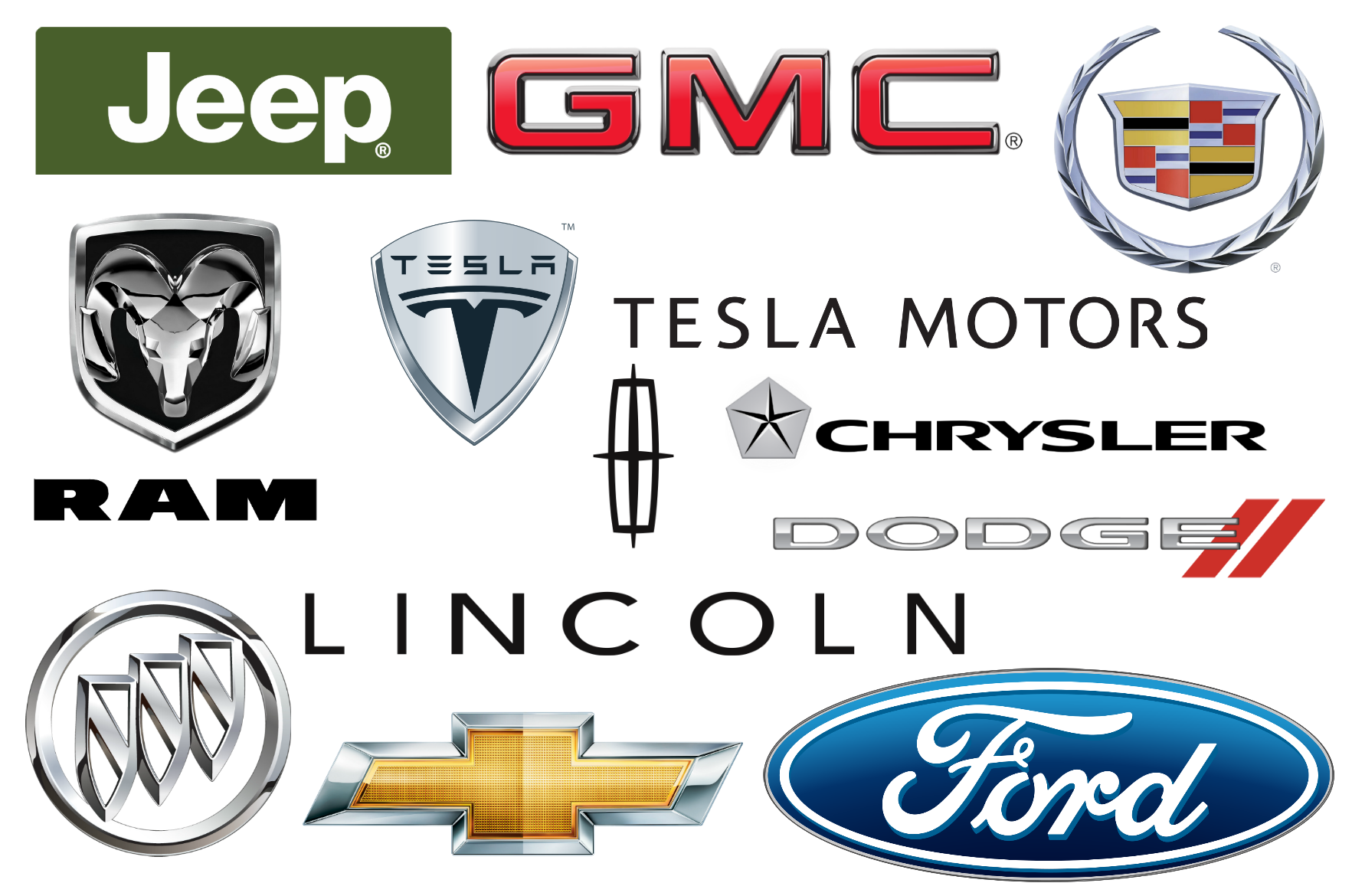
In the modern era, Lincoln has embraced a strategy focused on "Quiet Flight" – a design philosophy emphasizing serene cabins, intuitive technology, and a graceful aesthetic. The brand has largely shifted its focus from sedans to a robust lineup of luxury SUVs, led by the full-size Navigator. The Navigator offers unparalleled interior space, advanced technology, and a luxurious ambiance, making it a favorite for families and those who prioritize comfort and presence. The Aviator and Nautilus further exemplify Lincoln’s commitment to refined design, plush interiors, and a tranquil driving experience, distinguishing themselves with sophisticated styling and thoughtful amenities. Lincoln’s current appeal lies in its ability to deliver a luxurious escape, providing a calm and comfortable sanctuary from the outside world.
Wagoneer by Jeep: The Rugged Refinement
While Jeep is traditionally known for its off-road prowess, the reintroduction of the Wagoneer and Grand Wagoneer marques has firmly placed Jeep in the luxury segment. Building on a heritage that dates back to the original Wagoneer (considered one of the first luxury SUVs), these new models represent a concerted effort by Stellantis (Jeep’s parent company) to compete directly with top-tier luxury SUVs.
The Wagoneer and Grand Wagoneer combine Jeep’s legendary capability with unapologetic American luxury. They boast expansive interiors, high-quality materials, advanced technology (including multiple large display screens), and powerful V8 engines. The Grand Wagoneer, in particular, pushes the boundaries of luxury with its premium leather, real wood trim, and a focus on an immersive, comfortable experience for all occupants. These vehicles offer a distinct proposition: luxurious comfort and advanced features paired with the undeniable capability and iconic American heritage of the Jeep brand, appealing to those who desire both refinement and rugged versatility.
Tesla: Redefining Luxury for the Digital Age
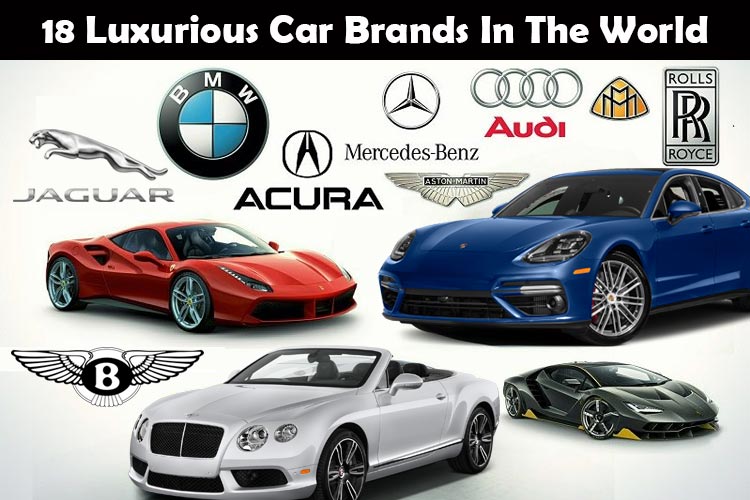
Though not traditionally classified alongside Cadillac or Lincoln, Tesla has undeniably reshaped the landscape of automotive luxury, particularly for a new generation of buyers. Founded in 2003, Tesla redefined luxury not through traditional craftsmanship or plush materials, but through revolutionary technology, exhilarating performance, and a commitment to sustainability.
Models like the Model S and Model X quickly became benchmarks for electric vehicle performance and range, offering a minimalist yet technologically advanced interior dominated by large touchscreens. The Model S Plaid exemplifies this new form of luxury with its mind-bending acceleration, positioning performance as a core luxury attribute. Tesla’s emphasis on over-the-air software updates, advanced autonomous driving features (Autopilot/Full Self-Driving Beta), and a seamless user experience has created a different kind of premium ownership. While some traditional luxury buyers might miss the tactile luxury of leather and wood, Tesla offers a future-forward luxury defined by innovation, speed, and environmental consciousness, appealing to tech-savvy consumers who value cutting-edge features and a minimalist aesthetic.
Defining Characteristics of American Luxury
American luxury cars, regardless of brand, often share a set of core attributes that differentiate them:
- Size and Presence: Historically and currently, American luxury vehicles tend to be larger, commanding a significant presence on the road. This contributes to spacious interiors and a feeling of security.
- Comfort and Ride Quality: A hallmark of American luxury is the emphasis on a plush, comfortable ride. Suspension systems are often tuned to absorb road imperfections, providing a serene cabin experience.
- Advanced Technology: From early innovations like automatic climate control to modern features like Super Cruise (Cadillac’s hands-free driving system) and expansive infotainment screens, American luxury brands have consistently incorporated cutting-edge technology for convenience, safety, and entertainment.
- Bold Design and Styling: American luxury cars often feature distinctive and sometimes audacious styling, reflecting a confidence and willingness to stand out from the crowd.
- Powerful Engines (and now, Electric Performance): A robust engine, historically a V8, has been a staple, providing effortless acceleration and towing capability. In the EV era, this translates to blistering electric performance.
- Value Proposition: Compared to some European luxury marques, American luxury cars often offer a competitive feature set and overall value, especially in their larger segments.
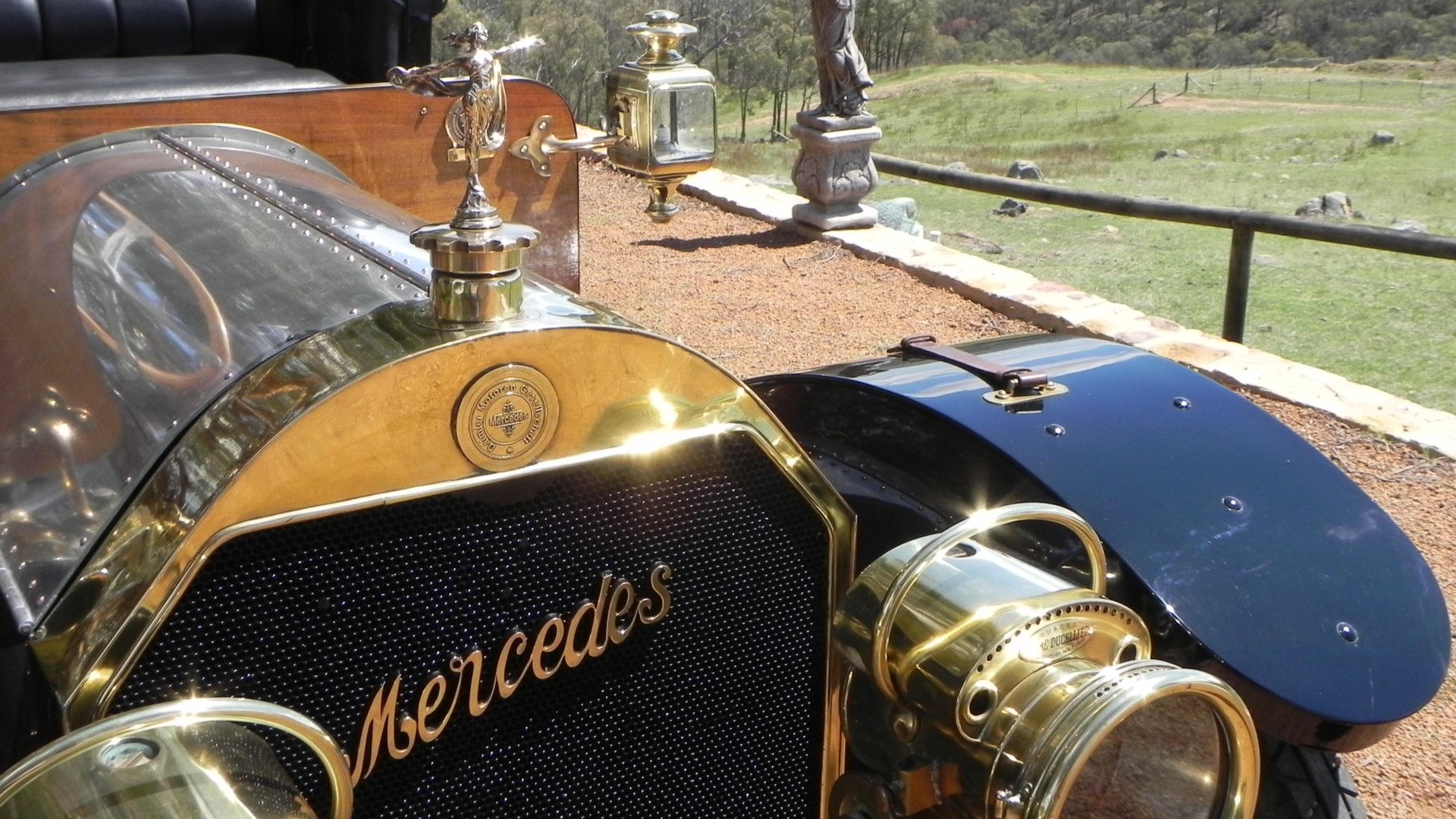
The Resurgence and Future of American Luxury
For a period, American luxury brands faced challenges, sometimes struggling with perceptions of outdated designs or interior quality compared to increasingly sophisticated European and Asian rivals. However, the last decade has seen a significant resurgence. Cadillac, Lincoln, and now Wagoneer have invested heavily in design, material quality, advanced powertrains (including extensive electrification), and cutting-edge technology.
The future of American luxury is undeniably electric. Cadillac’s "Art and Science" design language is evolving into "Art and Science of the Electric Future," with models like the Lyriq leading the charge. Lincoln is also committed to an all-electric future, promising new EV models that will redefine its "Quiet Flight" philosophy. Tesla, of course, continues to push the boundaries of what an electric luxury vehicle can be. This shift not only addresses environmental concerns but also allows these brands to leverage the unique performance and packaging advantages of electric powertrains, delivering a new interpretation of American luxury that is both sustainable and exhilarating.
Choosing Your American Luxury Vehicle
Selecting the right American luxury car involves considering several factors tailored to your needs and preferences:
- Lifestyle and Needs: Do you need expansive seating and cargo space for a large family (Navigator, Escalade, Grand Wagoneer)? Are you seeking high-performance thrills (CT5-V Blackwing, Model S Plaid)? Or is a serene, comfortable daily driver your priority (Nautilus, Aviator, Lyriq)?
- Budget: While all are luxury vehicles, there are price tiers within each brand and across the segment. Consider not just the purchase price but also insurance, maintenance, and potential charging infrastructure (for EVs).
- Technology Preference: Are you drawn to the minimalist, screen-heavy interface of a Tesla, or do you prefer a more traditional, button-and-screen blend found in Cadillac or Lincoln?
- Brand Philosophy: Do you resonate with Cadillac’s performance and bold design, Lincoln’s tranquil elegance, Wagoneer’s rugged luxury, or Tesla’s tech-forward, sustainable vision?
- Test Drive: Always test drive multiple models to experience their ride quality, handling, interior comfort, and technology firsthand.
Price Table: Key American Luxury Models (Starting MSRP Range)
| Brand | Model | Starting MSRP Range (Approx.) | Key Feature(s) |
|---|---|---|---|
| Cadillac | Escalade | $82,000 – $110,000+ | 38-inch curved OLED display, Super Cruise |
| CT5-V Blackwing | $93,000 – $110,000+ | Supercharged V8, Manual Transmission available | |
| Lyriq | $59,000 – $70,000+ | All-electric, futuristic design, Ultium Platform | |
| Lincoln | Navigator | $84,000 – $110,000+ | Expansive interior, serene ride, Perfect Position Seats |
| Aviator | $54,000 – $75,000+ | Plug-in Hybrid option, Quiet Flight design | |
| Nautilus | $52,000 – $65,000+ | Spacious interior, refined design | |
| Wagoneer | Wagoneer | $62,000 – $80,000+ | Full-size capability, premium features |
| Grand Wagoneer | $92,000 – $115,000+ | Ultra-premium interior, McIntosh audio system | |
| Tesla | Model S | $75,000 – $105,000+ | Long range, Ludicrous acceleration, cutting-edge tech |
| Model X | $80,000 – $115,000+ | Falcon Wing doors, 7-seat option, performance SUV |
Note: Prices are approximate starting MSRPs for base models and can vary significantly based on trim level, options, and location. They are subject to change by the manufacturer.
Frequently Asked Questions (FAQ)
Q1: What defines American luxury cars compared to European or Asian brands?
A1: American luxury cars typically emphasize spaciousness, a plush and comfortable ride, powerful engines (or performance-oriented electric powertrains), and bold, distinctive styling. They often prioritize a commanding presence and advanced in-cabin technology, whereas European brands might focus more on driving dynamics and precision, and Asian brands on refinement and reliability.
Q2: Are American luxury cars reliable?
A2: Modern American luxury brands have made significant strides in reliability and build quality. While historical perceptions may linger, brands like Cadillac, Lincoln, and Wagoneer now compete strongly on quality metrics. Tesla, while innovative, has faced some scrutiny regarding initial build quality, though their software and powertrain reliability are generally well-regarded.
Q3: Which American luxury car is best for families?
A3: For families, large luxury SUVs are often the top choice. The Cadillac Escalade, Lincoln Navigator, and Grand Wagoneer by Jeep offer ample seating (up to 7 or 8 passengers), vast cargo space, and a host of family-friendly features and entertainment options. The Tesla Model X also offers a 7-seat configuration with unique access via Falcon Wing doors.
Q4: What is the future of American luxury cars?
A4: The future of American luxury is largely electric. All major American luxury brands are investing heavily in electric vehicle (EV) development, focusing on long range, rapid charging, advanced autonomous driving features, and sustainable materials. The emphasis will continue to be on technology, performance, and a unique interpretation of comfort and style.
Q5: Do American luxury cars hold their value well?
A5: Like most luxury vehicles, American luxury cars generally depreciate faster than mainstream vehicles. However, certain high-demand models, like the Cadillac Escalade or popular Tesla models, can retain their value relatively well. Factors like maintenance history, mileage, and market demand significantly impact resale value.
Conclusion
American luxury car brands have a storied past, a vibrant present, and a promising future. From the classic grandeur of Cadillac and the serene elegance of Lincoln to the rugged refinement of Wagoneer and the disruptive innovation of Tesla, these brands offer a diverse spectrum of premium automotive experiences. They continue to evolve, embracing electrification and advanced technology while staying true to their core values of comfort, presence, and a uniquely American sense of freedom and aspiration. For those seeking a vehicle that blends opulence with innovation and a distinct identity, American luxury remains a compelling and increasingly relevant choice.
